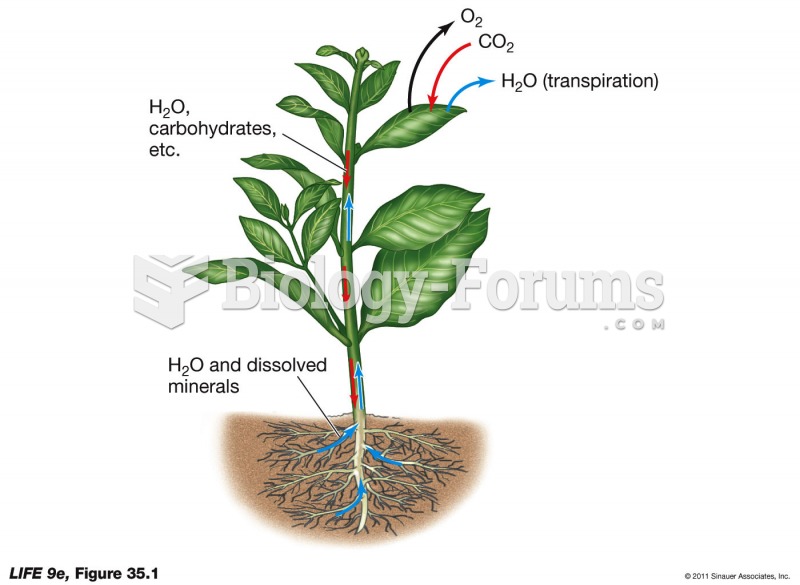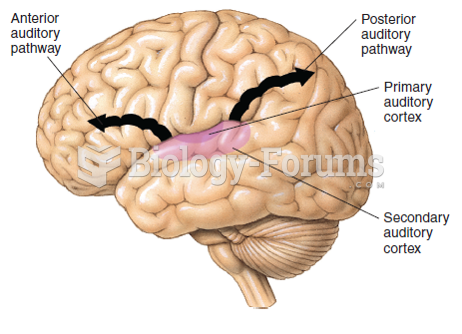Answer to Question 1
In general, there are two paths to citizenship for foreign-born persons. The first is naturalization, and the second is deriving citizenship from one's parent(s). Naturalization is the process by which a person who is 18 years of age or older acquires citizenship. Eligibility for naturalization requires a period of time as an LPR, physical presence in the United States, knowledge of English, knowledge of the history and government of the United States, good moral character, and attachment to the U.S. Constitution. When a parent becomes a U.S. citizen, children who are LPR, unmarried, under 18, and in the parent's legal and physical custody automatically become citizens; they derive citizenship from their parent.
Answer to Question 2
Throughout history, many societies have sought to limit or regulate both immigration and emigration. Regulations on emigration range from absolute prohibition on people leaving (as in the communist countries of Eastern Europe during the years of the Cold War, roughly 19481989), to restrictions on certain groups of people (such as Jews in Germany during the period of Nazi rule between 1933 and 1945), to enforced departure or exile (as in the case of Dante, condemned in 1302 to perpetual exile from his native Florence). The Berlin Wallbuilt in 1961 as a barrier between West Berlin and both East Berlin and the surrounding East German territoryis a prominent symbol of the efforts of governments to keep people from leaving. More recently, many countries have sought to limit brain drain. Groups and societies have also sought to regulate immigration. As with emigration, such regulations range from absolute prohibition (preventing anyone from entering a country) to enforced importation (as in the great slave migrations of the eighteenth and nineteenth centuries and the expulsion of Jews to slave and death camps throughout Europe during World War II). In between these extremes lie the elaborate regulations common today throughout the world, which reject some immigrants outright and admit others under a variety of provisions for temporary or permanent stays. For both temporary and permanent residence, there is an intricate system by which foreign-born persons become eligible for a visathe authorizing entry document. The decision about who is entitled to a visa becomes a critical part of immigration policy.






